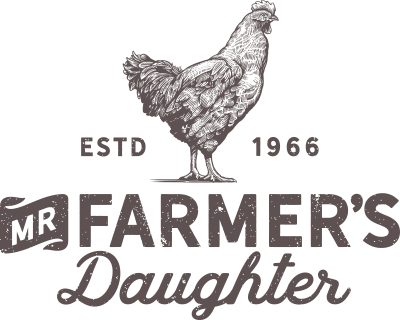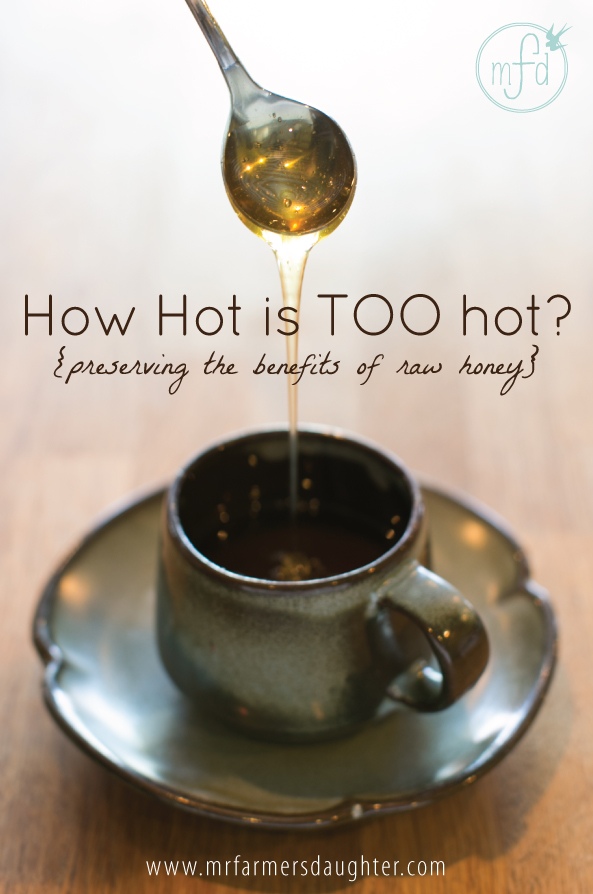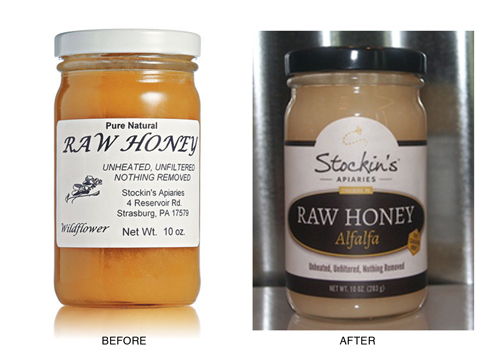If you’re a raw honey user like me, you most likely know about the benefits and nutrition in raw honey. If you don’t use raw honey, let me just tell you a little bit about it here before we get into how to preserve all the nutrition and immune-boosting benefits.
Let’s start with the basics.
Raw honey is honey in its natural state. It has had nothing removed or added. It may or may not be strained, but it has not been heated or treated in any way. Honey contains antioxidants, enzymes and minerals including iron, zinc, calcium, potassium, phosphorous, magnesium and selenium. Some of the vitamins found in honey include vitamin B6, thiamin, riboflavin and niacin. Honey may have anti-bacterial, anti-viral and anti-inflammatory properties as well.
On the other hand …
Pasteurized honey has been strained, spun, heated and mixed, often with other honeys to produce a uniform product. Pasteurizing and processing honey eliminates many of the beneficial phytonutrients including pollen and enzyme-rich propolis. There are even quite a few articles on how honey on our grocery store shelves may have been “watered down” with other sugars and syrups. You can read more here if you like.
1) http://www.natureworldnews.com/articles/6195/20140227/honey-fraud-pollen-is-removed-from-75-percent-of-honey-sold-commercially-in-us.htm
2) http://www.foodsafetynews.com/2011/11/tests-show-most-store-honey-isnt-honey/#.VNLMUEtZ1hM
Most raw honey is sold locally but there are a few national brands like Trader Joe’s® and Wholesome®. I buy my raw honey locally but I have noticed recently that one of my local brands got a new logo and brand, spankin’ new packaging. This always alerts me to a potential owner change, company take over or buy out. I want to support my neighbors, not some stranger in California…or Canada, as it turns out. The honey I used to buy now says certain honey flavors come from Canada. Canada?! Just an FYI, too. Alfafa is now a genetically modified crop. If you’re buying alfalfa honey, it’s probably supporting the GMO industry. Difficult to get away from that beast, for sure. I tend to buy from small, local producers so I know where my food is coming from. This is especially important for honey if you want to benefit from the local pollens incorporated into it.
It’s believed that local honey, if ingested regularly, helps reduce seasonal allergies. While this is not proven scientifically, I can say that it helped my daughter overcome severe seasonal allergies several years ago. I also had good success using it for my dog who experienced seasonal allergies at the end of the summers. Just one teaspoon, unheated, per day (over a three month period) was enough to end my daughter’s allergies for good.
Honey is a wonder food. Its benefits are well documented and did you know it’s the only food that never goes bad. It doesn’t rot or spoil. It’s believed to be antibacterial and antiviral and has been used as medicine since the beginning of time. With all that history behind it, there is never a time I do not have some raw honey in my house.
Now, to the question that made me start this whole post.
When we put raw honey in our hot tea, does it destroy all the benefits?
The short answer is: It depends.
Raw honey officially is honey that has never been heated above 104˚. A bee hive maintains an internal temperature of 90˚-95˚F. Any honey heated above that will naturally lose some of its quality and by quality I mean the nutrients and enzymes inherent in honey.
If you’d like to maintain the benefits of raw honey in your hot drinks there are a couple ways to test the temperature. You’re welcome to stick a thermometer in your hot tea or warm lemon water but a good rule of thumb is if it’s too hot to keep your finger in it, it’s probably over 104˚. I can run water out of my faucet to about 125˚. Water heater manufacturers suggest heating your water no hotter than 120˚ to prevent burns, especially for families with young children. I’m kind of a rebel that way. I like it hot.
If you’re wanting to make a good cup of tea, this is a problem. Tea water should be heated to near boiling, 200˚, to steep the best cup. So, here’s what I do. I make a half cup of tea by steeping my tea bag or tea ball in nearly boiling water for a few minutes, I then add enough water to bring the temperature down to a point that I can dip the tip of my finger in it and be comfortable. (You may need to use a thermometer a few times to get the feel just right.) At that point I add my honey. The drink is still warm enough to dissolve the honey easily and you maintain all the benefits that raw honey provides.



1 comment
Well done. I am a proponent of raw honey and have been scalding it in my tea. Today I am now going to wait for my tea to cool to 105• before adding my raw rose honey. Thanks!!